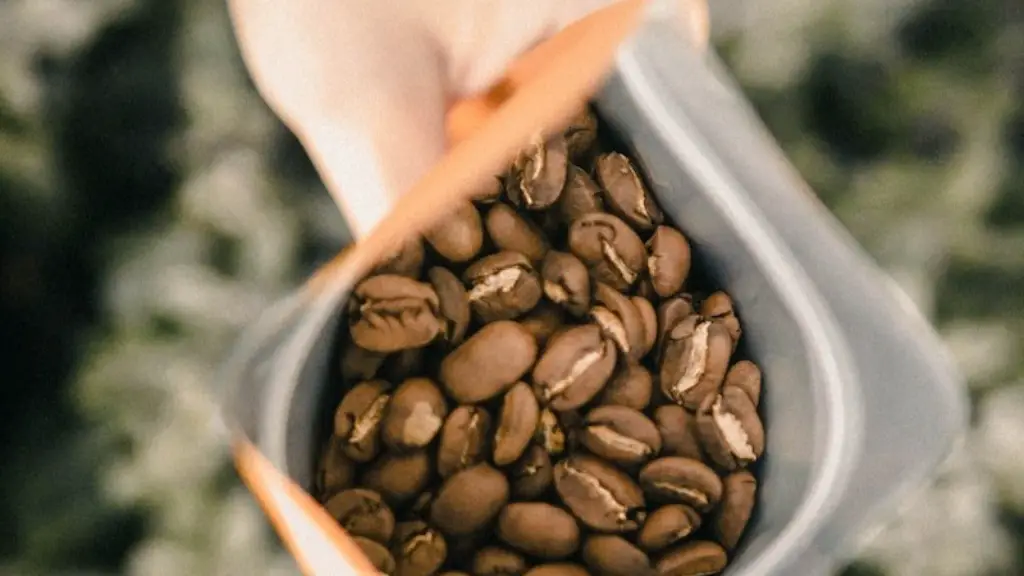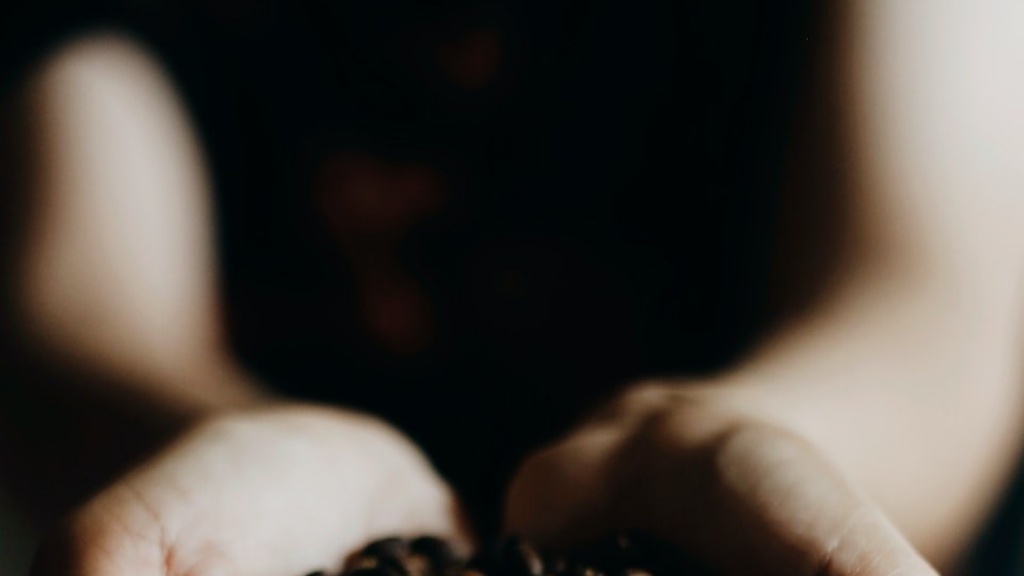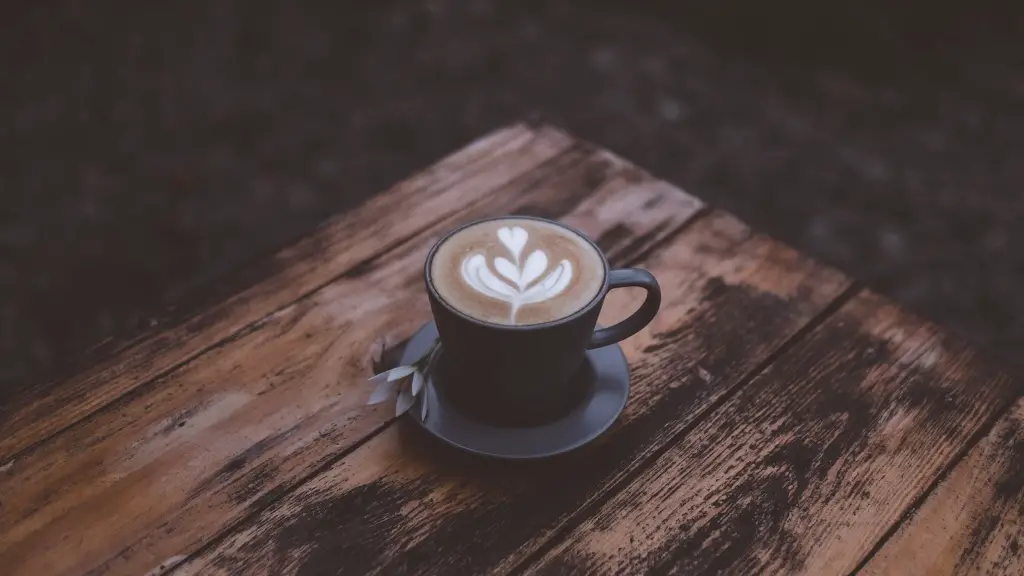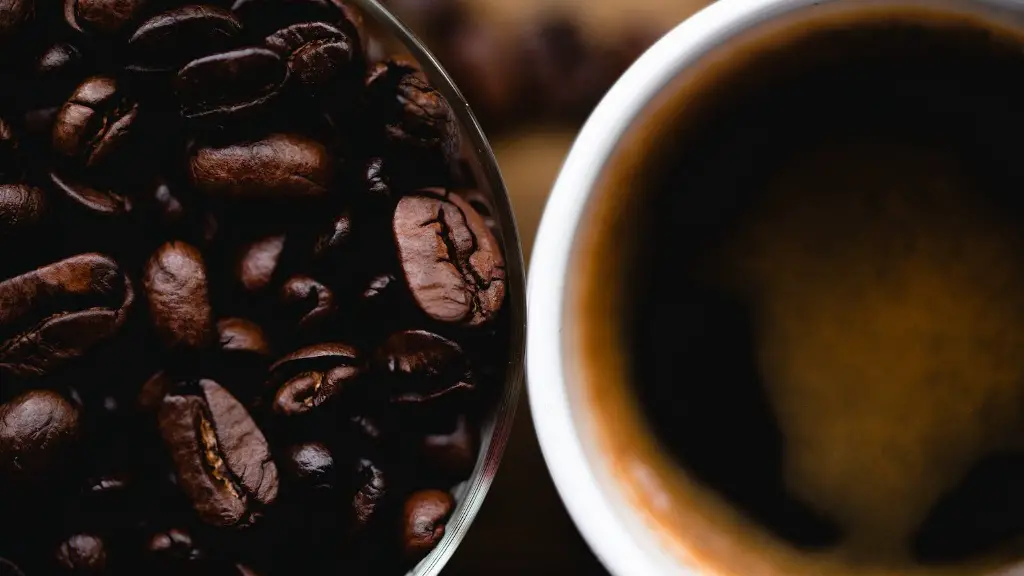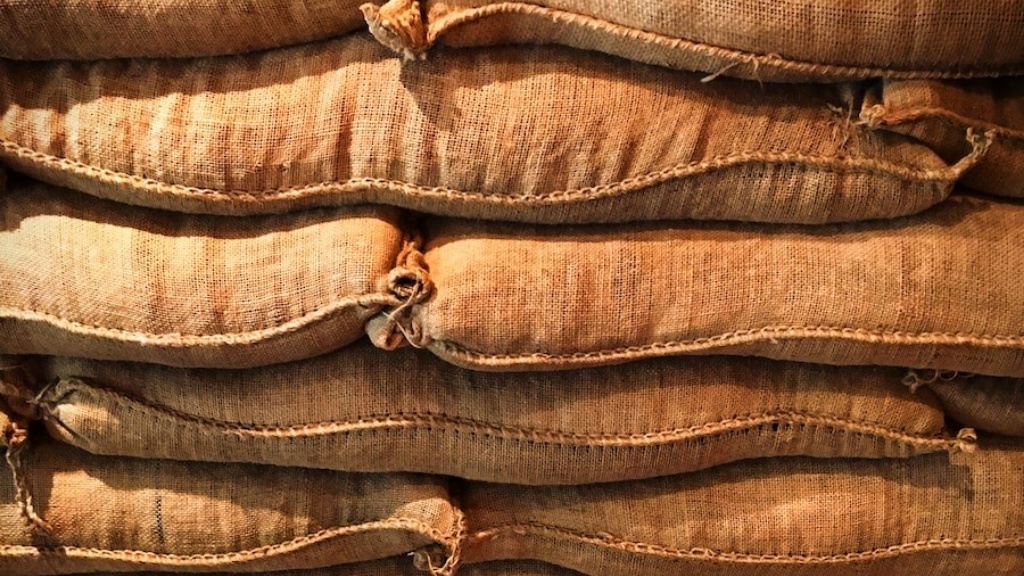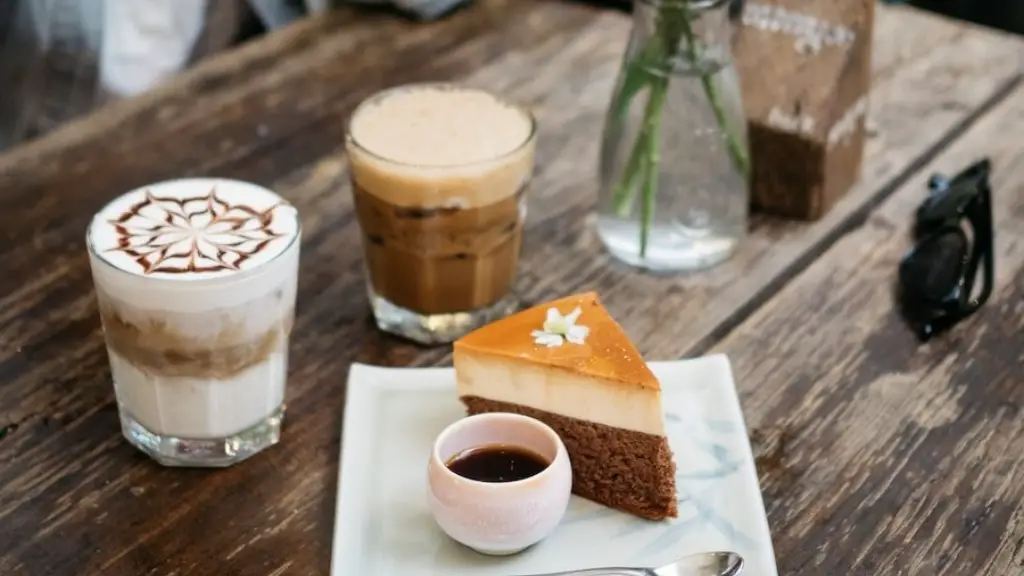A cup of Starbucks coffee can give you the much-needed boost in the morning, or let you enjoy a relaxing break in the afternoon. But if you’re mindful of your body’s caffeine intake, you might be asking, “How much caffeine is in a cup of Starbucks coffee?” The answer may surprise you.
The amount of caffeine in Starbucks coffee will depend on the type of beans and the brewing methods used. Generally, a typical 8-oz cup of brewed Starbucks coffee contains 95 – 165 mg of caffeine. For those who don’t know, the recommended daily limit of caffeine intake is 400 mg per day. Taking into consideration other sources of caffeine, such as soft drinks and energy drinks, one cup of Starbucks coffee contains about 20 percent of the recommended daily limit.
However, not all Starbucks coffee is created equally. Different types of coffee beans and brewing techniques will result in different amounts of caffeine. For instance, the light roast coffee is known to contain more caffeine than a darker roast, as lighter roasts have less oil and more caffeine. Similarly, cold brews can contain more caffeine than drip coffee, as cold brews use a different method of extracting the flavor from the beans.
Moreover, when ordering a cup of Starbucks coffee, it’s important to remember that the size affects the amount of caffeine in each cup. A tall (12-oz) cup of drip or any other type of coffee has about 135 mg of caffeine, a grande (16-oz) cup contains around 180 mg, and a venti (24-oz) cup contains around 260 mg of caffeine. Keep in mind that Starbucks also offer iced coffee drinks, and those can have double the amount of caffeine.
Furthermore, a cup of Starbucks offers a large variety of coffee drinks and customizable options. All of these coffee drinks contain different amounts of coffee, and it’s important to pay attention to the overall caffeine content before ordering. Some of the more popular coffee drinks at Starbucks are espressos, cappuccinos, lattes and mochas, each of them containing a different amount of caffeine.
For instance, a single shot of espresso contains about 75 mg of caffeine, while a doppio (double shot) espresso can have up to 150 mg. A latte or cappuccino can contain anywhere from 63 to 126 mg of caffeine, depending on the size. However, if you’re looking for a way to reduce the amount of caffeine in your Starbucks coffee drink, you can order a decaffeinated coffee instead.
In conclusion, it’s important to understand the amount of caffeine in a cup of Starbucks coffee, before ordering. Depending on the type of beans, brewing methods, and size of the cup, a cup of Starbucks coffee can either give you a light buzz or put you into overdrive. Considering that different types of coffee drinks at Starbucks offer different levels of caffeine, it’s important to read the descriptions of the drinks carefully before ordering.
Types of Starbucks Coffee
Starbucks offers a variety of coffee drinks, each with its specific recipe and caffeine content. To mention a few, Starbucks offers cappuccino, Americano, latte, mocha, Flat White, Macchiato, Red Eye, Frappuccino, and Iced Coffee. All of these drinks vary in caffeine content, as they have different combinations of espresso and milk, or tea, as well as syrups, sweeteners, are often topped with foam or another type of topping.
Typically, a standard cup of cappuccino contains around 63 mg of caffeine, an Americano has about 77 mgo, a latte about 76 mg and a mocha contains around 84 mg of caffeine. Additionally, Flat White has about 105 mg of caffeine, Macchiato contains about 58-60 mg and Frappuccino with espresso contains about 59 mg of caffeine. As for the Red Eye, it’s made with an espresso shot added to drip coffee, and that contains about 80-100 mg of caffeine.
Finally, Iced Coffee contains about about 95 mg of caffeine, unless you’re ordering a double-shot of espresso, which contains about 157 mg of caffeine. Depending on the kind of milk, syrups, and sweeteners you use when making a cup of Starbucks coffee, the caffeine content can vary, so it’s important to ask the barista while ordering.
Iced vs Hot Coffee
When it comes to the amount of caffeine in a cup of Starbucks coffee, there’s a bit of difference between iced and hot coffee. As mentioned before, a cup of iced coffee may contain more caffeine than regular hot coffee, as ice brew methods use more beans for each cup. Generally, a cup of iced coffee contains about 140 mg of caffeine, while a cup of hot brewed coffee contains about 125 mg of caffeine.
In addition, iced coffees use less milk and more coffee than hot coffees. Therefore, the more milk you add to a cup of iced coffee, the smaller the amount of caffeine. For instance, adding milk to an iced latte significantly reduces the amount of caffeine it contains, as the milk dilutes the coffee. On the other hand, adding milk or cream to a cup of hot coffee doesn’t reduce the amount of caffeine, as it’s already been extracted from the beans.
Moreover, it’s important to consider the source of the milk when making a cup of Starbucks coffee. While cow’s milk is a popular choice for many coffee caffeinated drinks, other milks made from grain or nuts, such as oat milk or almond milk, are becoming more popular as they’re naturally low in caffeine. Therefore, if you’re looking for a cup of coffee that’s packed with flavor but still low in caffeine, using an alternative milk can help.
Of course, not all Starbucks coffee is made with milk – some coffee drinks are made with only coffee and syrup. For instance, a Caramel Macchiato is made with espresso, caramel syrup, and liquid cane sugar. This type of coffee does not contain milk, and therefore can contain a higher caffeine content than other Starbucks drinks. Specifically, a Caramel Macchiato can contain up to 87 mg of caffeine.
Caffeinated Vs Non-Caffeinated Drinks
At Starbucks, you have the choice to have either caffeinated or non-caffeinated drinks. However, if you’re looking for a way to reduce your caffeine intake, then it’s important to know the difference between the two. Caffeinated drinks are made with espresso, which naturally contains caffeine, while non-caffeinated drinks are made without espresso and provide no caffeine stimulant.A few popular non-caffeinated drinks you can find at Starbucks include Hot Chocolate and Caffè Mocha. Both of these drinks are made with hot water and a chocolate powder, and they can provide a chocolatey flavor but no added caffeine. Additionally, Starbucks also offers tea, which doesn’t contain any caffeine. For instance, a cup of green tea made with hot water can provide a calm feeling, and it can be paired with flavors such as mint or citrus.
Another popular non-caffeinated drink at Starbucks is the Vanilla Bean Frappuccino. This is a sweet, creamy drink made with coffee, milk, and vanilla syrup, and it doesn’t contain any caffeine. It’s important to note though that some Starbucks Frappuccinos contain caffeine, such as Java Chip Frappuccino, mocha Frappuccino, and Caramel Frappuccino.
In addition, some coffee-free drinks at Starbucks can provide health benefits. For instance, the Pomegranate Green Tea Lemonade is a great option for those looking for something refreshing. This drink is made with green tea, lemonade, and pomegranate juice, and it only contains about 30 calories per serving. Additionally, it contains antioxidants that can help reduce inflammation and boost the immune system.
Caffeine Alternatives
If you’re looking for something that’s healthier and has less caffeine, Starbucks offers various caffeine alternatives. Many of these drinks don’t have any added caffeine, and they can provide a boost of energy and flavor. For instance, Starbucks offers various teas, such as matcha green tea, matcha pink drink, black tea, and chamomile tea. All of these teas can provide a boost of energy and don’t contain any caffeine.
Additionally, Starbucks also offers smoothies. Smoothies are a great way to get a boost of energy without all the added caffeine, and they’re packed with essential vitamins and minerals. For instance, the strawberry acai refresher is made with strawberry puree, acai, and coconut milk, and it contains about 60 calories per serving. Another popular smoothie is the Mango Dragonfruit smoothie, which contains about 170 calories per serving.
Moreover, Starbucks also offers other healthier options that provide a boost of energy without the added caffeine. For instance, Starbucks sells speciality drinks such as steamed apple juice, chai tea lattes, and brewed herbal teas. All of these drinks are naturally low in caffeine, and they can provide a flavorful boost of energy. Additionally, some of these drinks such as chai tea lattes or brewed herbal teas can have added health benefits.
Health Benefits of Starbucks Coffee
While coffee is generally known to provide an energy boost, it can also have some added health benefits. For instance, coffee is rich in antioxidants, which can help reduce inflammation and boost the immune system. Additionally, caffeine has been shown to reduce the risk of certain types of cancer, and it can help improve concentration and focus.
Moreover, studies have shown that coffee can also help lower the risk of type 2 diabetes, as well as reduce the risk of Parkinson’s Disease. Additionally, coffee can help boost your metabolism and aid in weight loss. Furthermore, coffee can also reduce the risk of stroke, and help improve physical performance.
These health benefits can vary depending on the type of coffee you’re consuming and the brewing process used. Generally, when consuming coffee from Starbucks, the brewing process is designed to maintain the natural flavors of the coffee beans and extract the maximum amount of caffeine. Therefore, drinking Starbucks coffee in moderation can provide you with some added health benefits.
